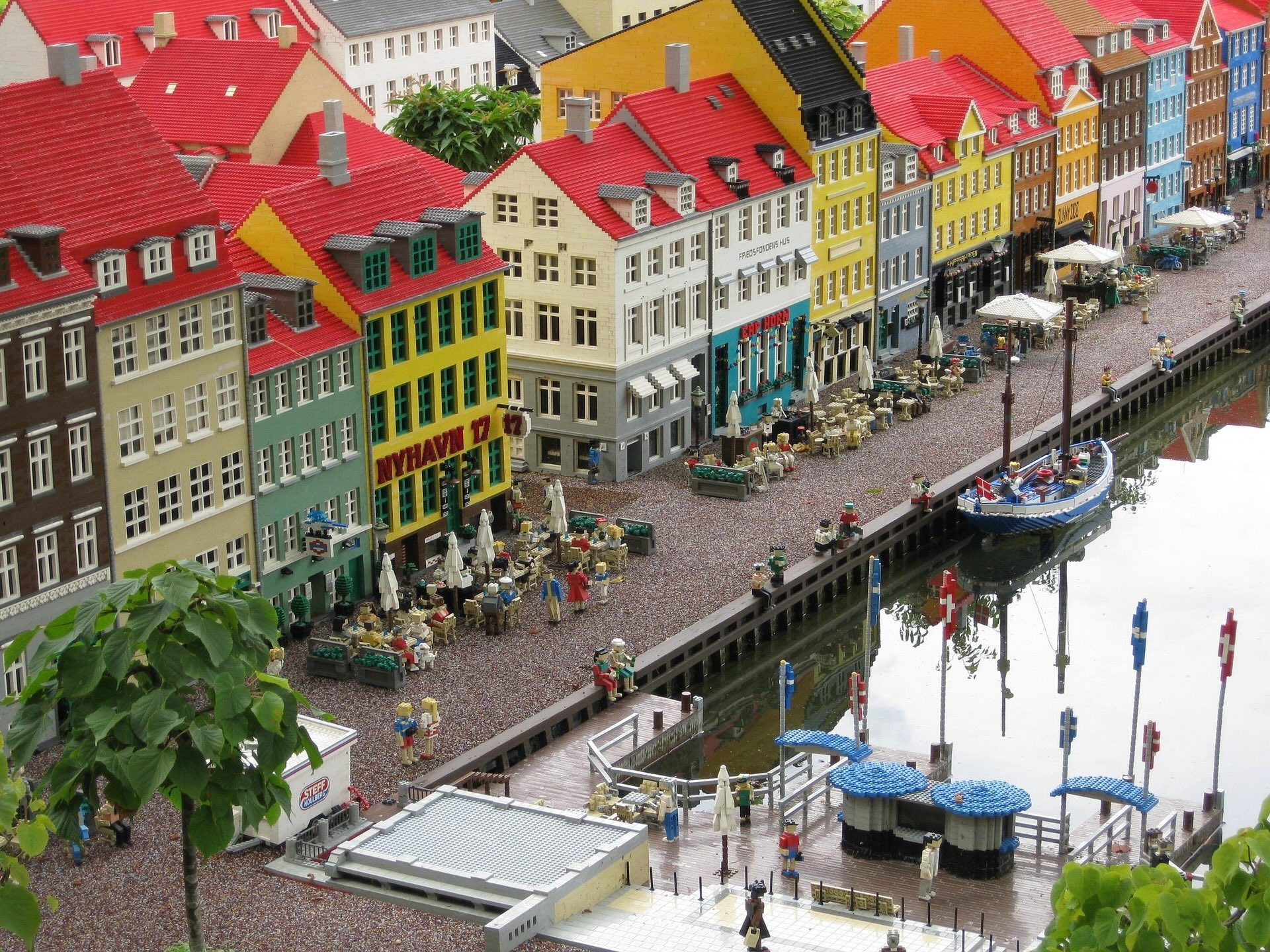Intelligent communication strategies support better tourist dispersion in Amsterdam and Copenhagen
A CELTH research project carried out by Breda University of Applied Sciences and the European Tourism Futures Institute, in collaboration with amsterdam&partners and Wonderful Copenhagen, demonstrates that tourists can be effectively dispersed through targeted information provision. The experiment, conducted in Amsterdam and Copenhagen, explored how different communication channels and content types influence visitor behavior and experience.
The researchers tested four variants of tourist information: via an interactive assistant (Zoey) or via a map (paper in Amsterdam, digital in Copenhagen), each containing information about popular sights (‘must-sees’) or lesser-known places (‘hidden gems’). Participants were tracked via GPS and completed surveys about their experiences.
Key Findings
- Overall tourist satisfaction and their willingness to recommend the city did not differ significantly between groups. This means that promoting lesser-known places does not negatively affect the visitor experience.
- In Copenhagen, using maps with ‘hidden gems’ led to tourists being almost 12 times more likely to visit those places. With Zoey, the likelihood was 3.6 times higher.
- In Amsterdam, the effects were less pronounced, but Zoey proved effective in reducing visits to crowded hotspots.
- The information influenced tourists’ movement patterns, but not their emotional experience or appreciation of the city.
Strategic Pathways
A co-creation workshop was held with stakeholders from both cities. This resulted in five strategic directions for future policy, two of which were further elaborated:
- Personalized and dynamic digital visitor navigation: technology-supported visitor guidance using interactive maps and nudging tools to create flexible, personalized visitor routes.
- Collaborative data-sharing model: building strategic alliances to improve the targeting of messages and communication.
Conclusion
The research confirms that tourists are sensitive to subtle guidance through information. By smartly communicating about lesser-known places, cities can better disperse tourists without compromising their experience. This offers promising perspectives for more sustainable tourism management in heavily visited cities. The research report, including the approach, key conclusions, and recommendations, is available.
More Information
Curious about more research on effective tourist dispersion? Read the article ‘Guiding the Flow’ on the Breda University of Applied Sciences website.
Final report: Guiding the flow: Dispersing Tourists through smarter communication
Focus on Core Web Vitals and user-centric performance metrics for better search rankings and user experience.
Download


